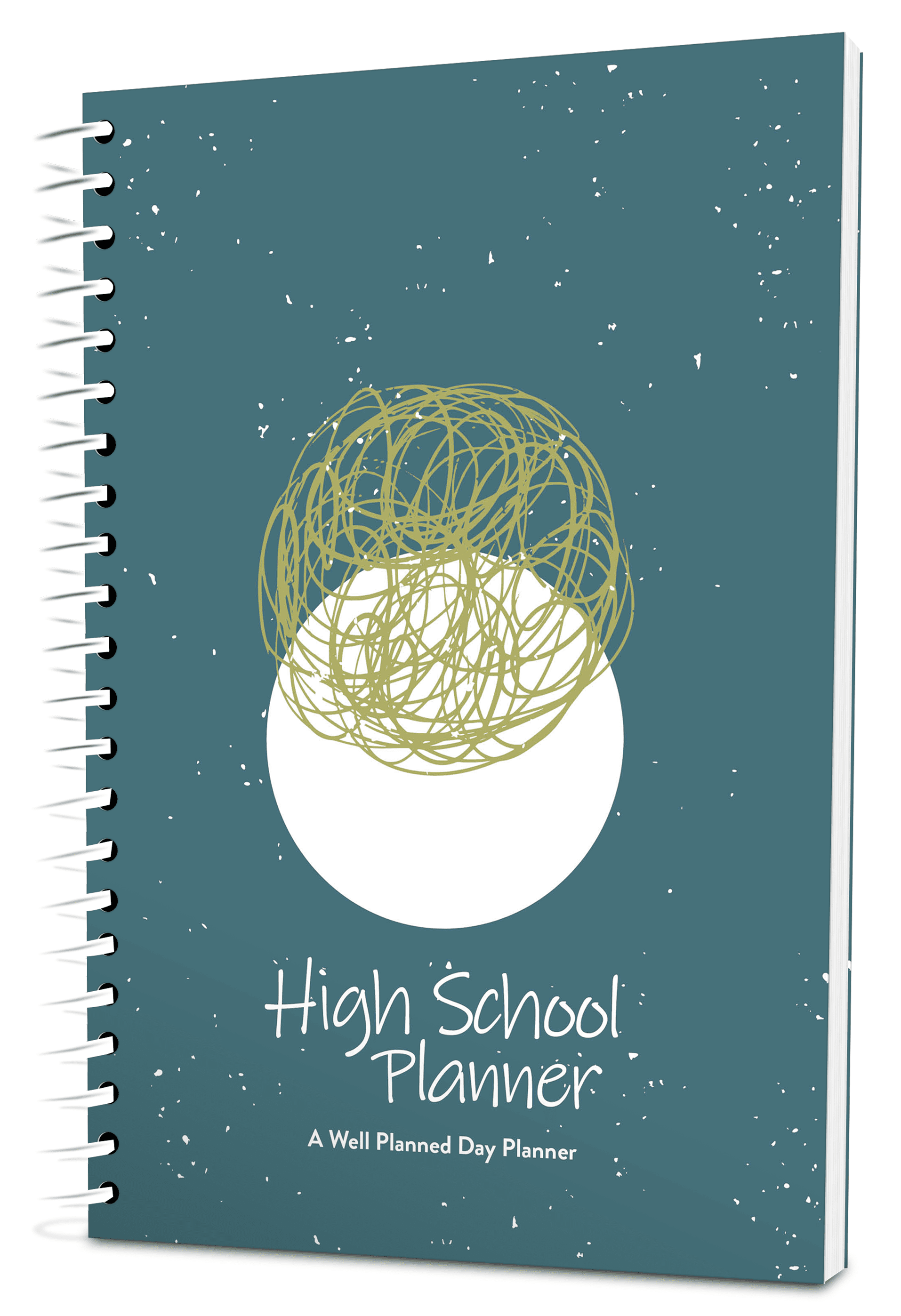Read more from Talking Fingers
Say a nonsense word like nim, or gop, and ask your child to write it. Chances are that many children will have difficulty with this task because children are being taught to memorize the shape and sight of whole words rather than learning to use the alphabet code.
Since the alphabet represents speech sounds, the first important challenge children face in learning to write and read is to understand that spoken words are made up of different sounds. This skill is known as phoneme awareness and is alarmingly lacking in children who struggle to read.
The First Step to Reading
How can children master the alphabet code if they can’t break a spoken word into its component sounds? We now know that developing this skill is the first critical step in a gradual process of building systematic neural pathways in the brain that lead eventually to fluent reading.
How do we know this? Extraordinary advances in brain imaging have enabled neuroscientists to watch brain activity while children are reading. It turns out that children who struggle to read activate areas in the right side of their brains (for processing contours and shapes), in contrast to skilled readers who activate specific areas in the left side. It is the left hemisphere of the brain that is organized to handle the production and comprehension of speech. Since the alphabet represents speech, it stands to reason that new reading pathways need to be built in close connection to what the brain already knows about words from years of speaking them.
How the Brain Works
A fascinating neuroscience discovery by Dr. P.G. Simos, in 2002, came from looking at reading activity in the brains of dyslexics who were inefficiently activating the right side of their brains. After an intensive eight weeks of instruction to help them learn how to segment words into sounds and link those sounds to letters, a significant number of these students improved their reading and, amazingly, the activity moved from the right side to the left.
These studies provided scientific evidence that the brain actually organizes reading in response to the mode of instruction. A majority of the children who struggle to read in America are not “reading disabled,” they are “instructionally disabled.”
Adults who read effortlessly don’t sound out words as they read. They recognize words instantly. However, in order to read effortlessly the brain has to lay a foundation of pathways that connect new visual symbols (letters) to the speech pathways that are already there. These neural pathways, strengthened by repeated practice, eventually become high-speed freeways in the left hemisphere. This is how the brain moves from decoding words (“sounding them out”) to recognizing words instantly.
Speech to Print
The most efficient way to develop phoneme awareness and phonics skills is to go from speech to print. Start with speech. Say the word CAT, pointing out how your mouth changes when you say the three different sounds. Children like to mimic adults, so they will think about what they are doing with their own mouths when they say CAT. Use alphabet tiles, introduce a few letters at a time, and build words together with your child. Start with the word CAT. Remove the first letter and try FAT, then SAT, then HAT, etc. Sound out each word when it is assembled so the entire loop is complete—from recognizing sounds in spoken words, to linking those sounds to letters, to assembling the sequence of letters, to reading the words that are assembled. Start with regularly spelled words. The brain is looking for consistent patterns to figure out the rules of reading.
Read to your child, all the wonderful stories that will excite him or her about reading. But please don’t urge your child to memorize the shape or pattern of a word rather than sounding it out. It is the practice of sounding out and constructing words that establishes essential pathways in the brain.
Playing with the alphabet code is the “open sesame” for this foundational process to occur. If we teach our children to crack the code, we will give them the gift of literacy.













